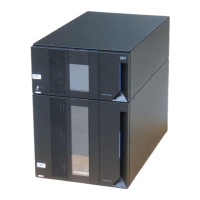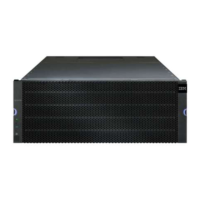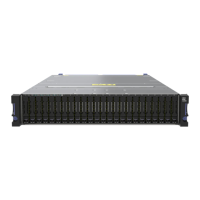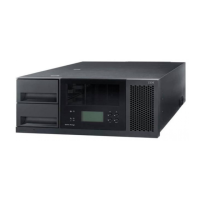Appendix B. Deploying iSCSI host interface controllers on the IBM System Storage DS5000 series 519
Several utilities, including ping and trace route, are available at the operating-system level that
can be used to help determine network latency between two devices. In addition, you can use
other more comprehensive utilities, such as Ethereal, to provide additional insight into the
networking infrastructure. In particular, special attention must be made to any Address
Resolution Protocol (ARP) packets being sent on the desired iSCSI SAN. ARP requests force
a response from all of the devices located on the subnet from which they are broadcast and
can have a serious impact on network performance and the underlying iSCSI-based storage
subsystem.
iSCSI configurations on the DS5000 series
As well as the basic iSCSI connectivity parameters, such as IP address per target Ethernet
port and associated IQN, as detailed in “iSCSI Qualified Name (IQN)” on page 516, you might
modify several optional configuration parameters within the context of an iSCSI-enabled
DS5000 storage subsystem, including enablement of jumbo frames, configuration of a VLAN,
and setting a specific Ethernet priority.
Jumbo frames
Most enterprise gigabit Ethernet equipment provides some degree of support for jumbo
frames, or frames larger than the standard 1500-byte payload limit. Enabling jumbo frames
has the following effects:
They can accelerate iSCSI performance by about 5 percent.
They reduce server CPU utilization by 2 percent to 3 percent with standard NICs.
Since TOE cards or HBAs already perform off-loading, the CPU savings from jumbo frames is
negligible when jumbo frames are used with a TOE or an HBA. However, jumbo frames can
still accelerate performance. When using jumbo frames, ensure that all of the devices on your
iSCSI network, including switches, initiators, and targets, are configured to use the same
maximum jumbo frame size. Jumbo frame sizes are not standardized and can vary from
1501 bytes to 9000 bytes. If the frame size maximum differs between these components, a
potentially serious I/O performance problem can be experienced by the host servers.
For example, if the servers, the storage subsystem, or both are set to a maximum frame size
that is larger than the setting to which the switches are configured, a DS5000 storage
subsystem might appear to be working perfectly. However, if you start performing large data
transfers that exceed the switch’s maximum frame size, I/O errors might result. Therefore, if
jumbo frames are used, make sure to set up and configure jumbo frames across all devices
with an agreed maximum size.
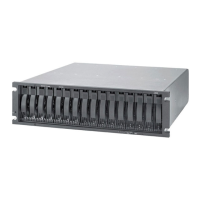
